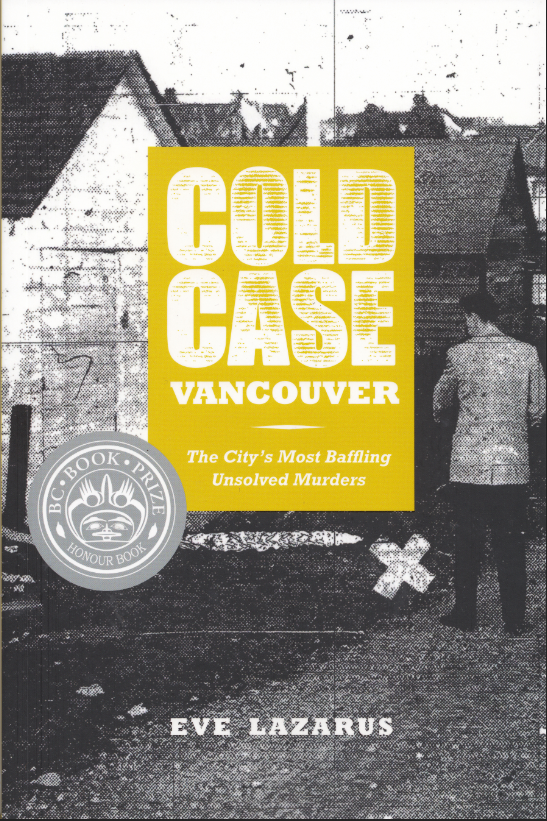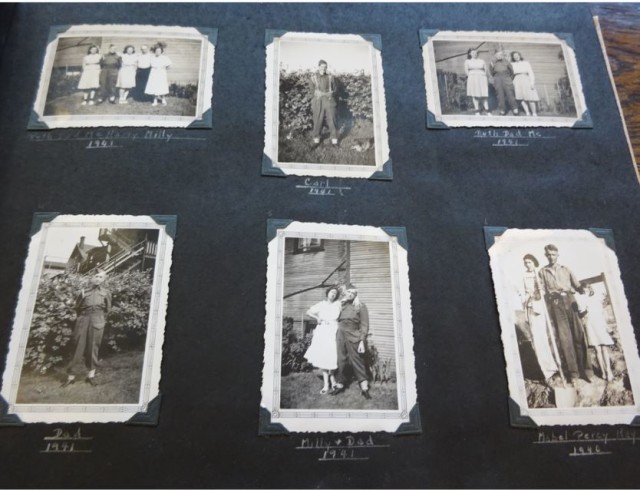Streetcars operated in Vancouver from 1891 to 1955

This story is from Vancouver Exposed: Searching for the City’s Hidden History
Brakes fail:
On September 3, 1906 the first North Vancouver streetcar began its journey at the ferry dock, travelled up Lonsdale and stopped at 12th Street. Jack Kelly was the conductor aboard that inaugural run. Everything went smoothly on the way up, but on the way back down, the brakes failed and Car 25 came crashing into another streetcar waiting at the bottom. Three years later, Kelly was at the controls of Car 62 when it headed down Lonsdale to meet the 4:00 p.m. ferry. Once again, the brakes failed. With 15 passengers screaming in fright, including the wife of the North Vancouver mayor, the car careened down the hill and off the end of the dock. Kelly leaped from the car, breaking his leg. The rest of the passengers were fished out of the harbour.

Dangers of early street cars aside, I’d love to see some return. At its height, there was a streetcar system that operated in Vancouver, New Westminster and North Vancouver where three lines operated up Lonsdale, Capilano and Grand Boulevard, later extending to Lynn Valley.
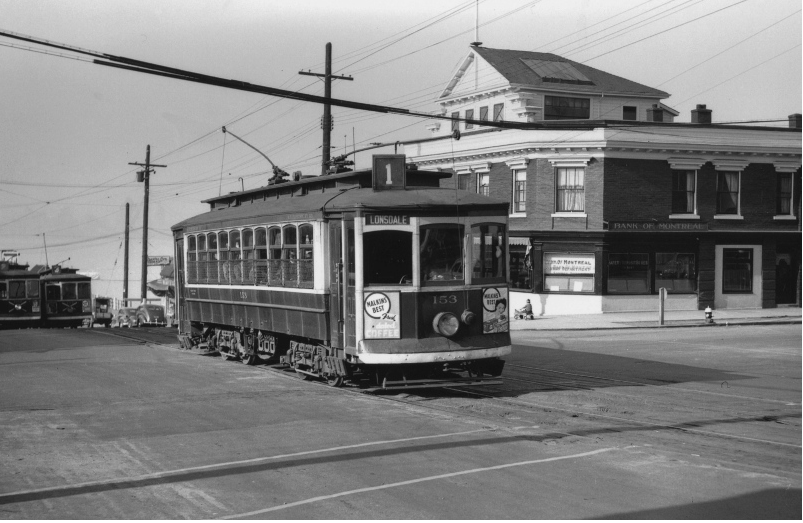
Car 153:
Car 153 was built by the J.G. Brill Company of Philadelphia and motored up and down Lonsdale Avenue for 35 years. Designed as a “double-ender,” when she reached the Windsor Road terminus at the top of Lonsdale the motorman and the conductor switched places for the return trip.
When North Van’s streetcars were discontinued in 1947, most of their parts were sold off for scrap, while a few became summer cottages or farm buildings. Car 153 survived first as a motel cabin near Mission, then as a restaurant in Chilliwack, and, before she was rediscovered in 1982, a chicken coop on a Fraser Valley farm. Car 153 was restored by the North Vancouver Museum & Archives and is part of the display in the new Museum on Esplanade.
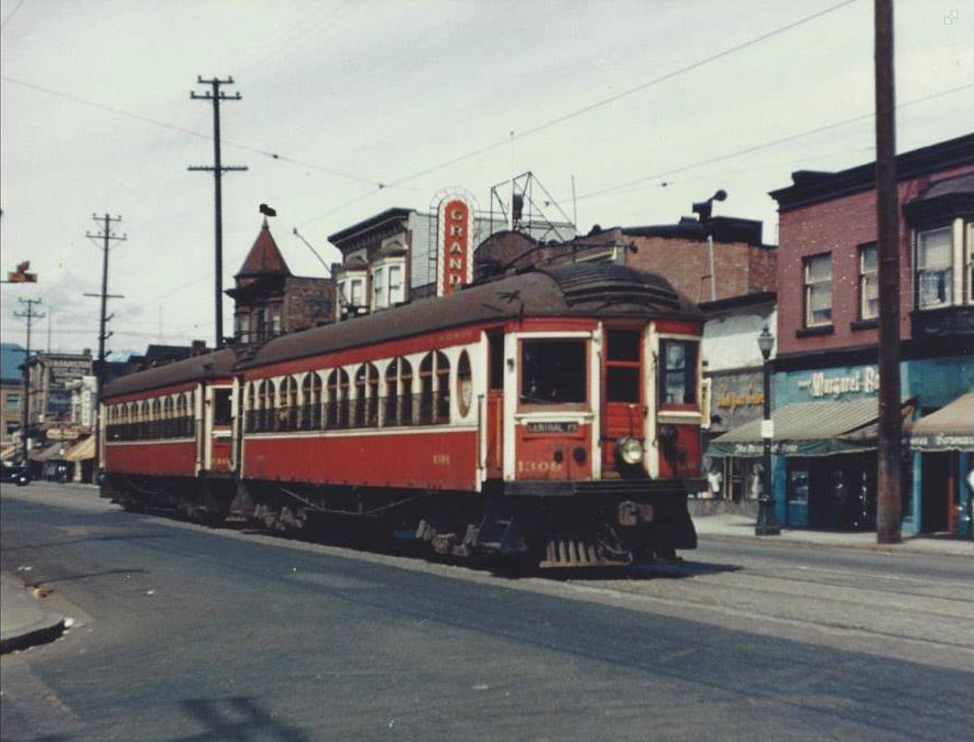
Last June, councillor Don Bell’s appeal to bring back the streetcar got promptly flattened. One councillor called it: “pursuing a classic boondoggle,” telling the North Shore News: “Put yourself in Translink’s shoes: if they give this to us, how many municipalities in Metro Vancouver are going to be right at the door asking for exactly the same thing?”
Yes, god forbid Vancouver should have a transit system that makes sense. We called them trams in Melbourne where I grew up, and we took them everywhere. Now they are free in the city centre, and as well as being an amazing tourist attraction, they just make good sense from a transportation and clean energy point of view.
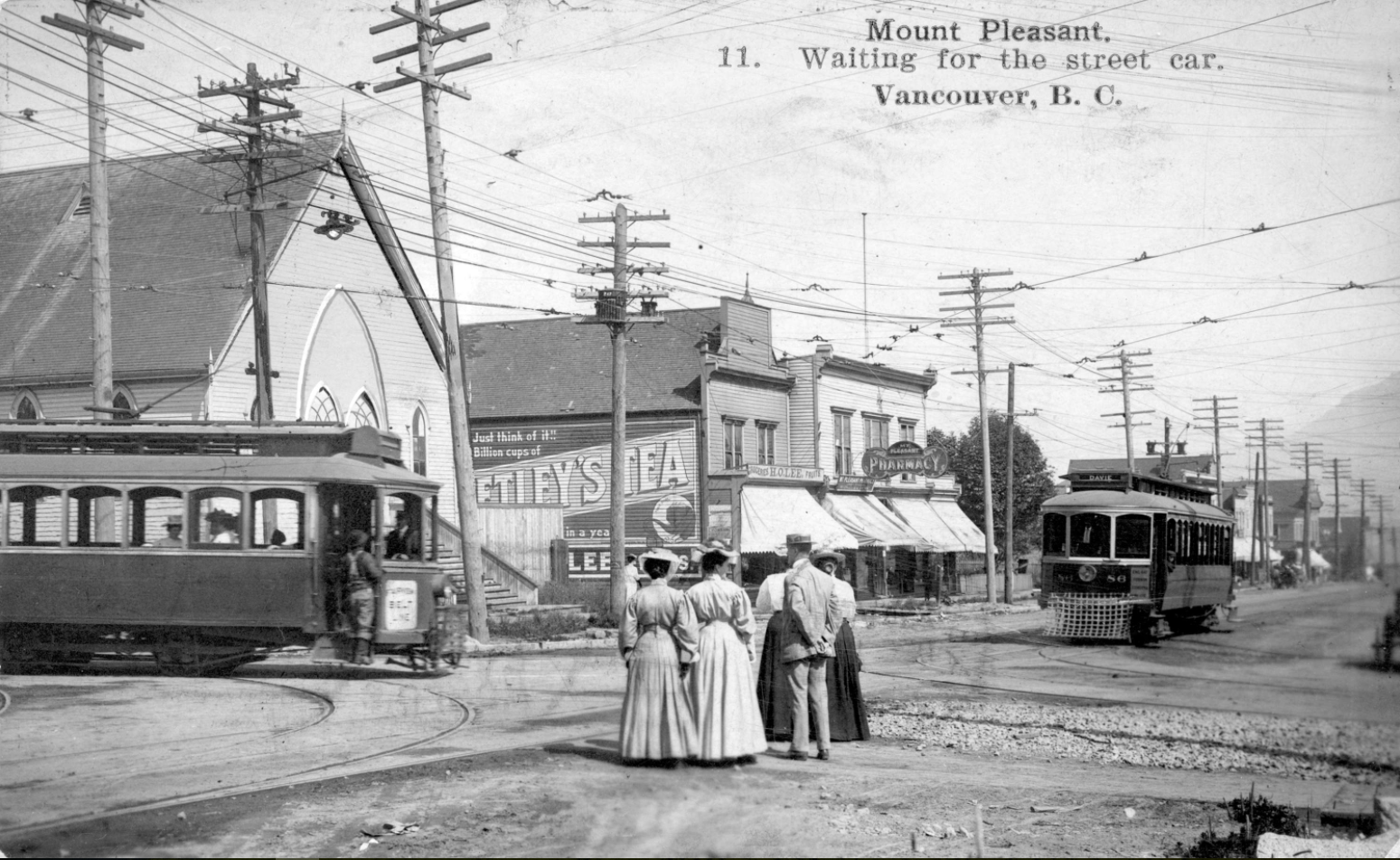
A group called Friends of the Olympic Line Vancouver Civic Railway is lobbying to bring back streetcars to Vancouver. Check out their Facebook page

Related:
- A trip across Vancouver
- The train that ran down Hastings Street
- Mount Pleasant stories
- The Brill Trolley Buses of Sandon, BC


